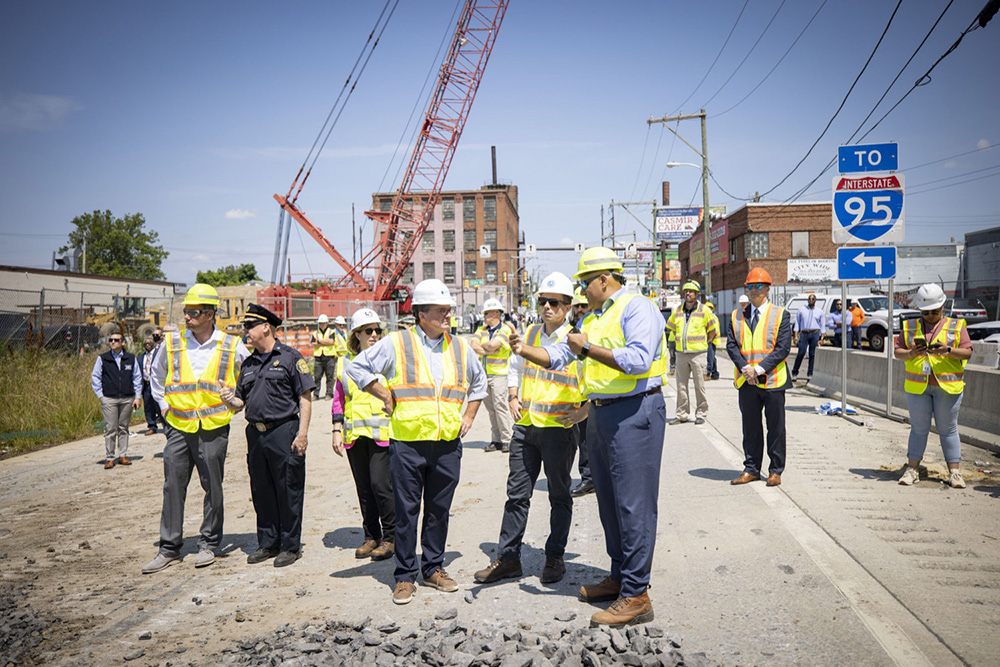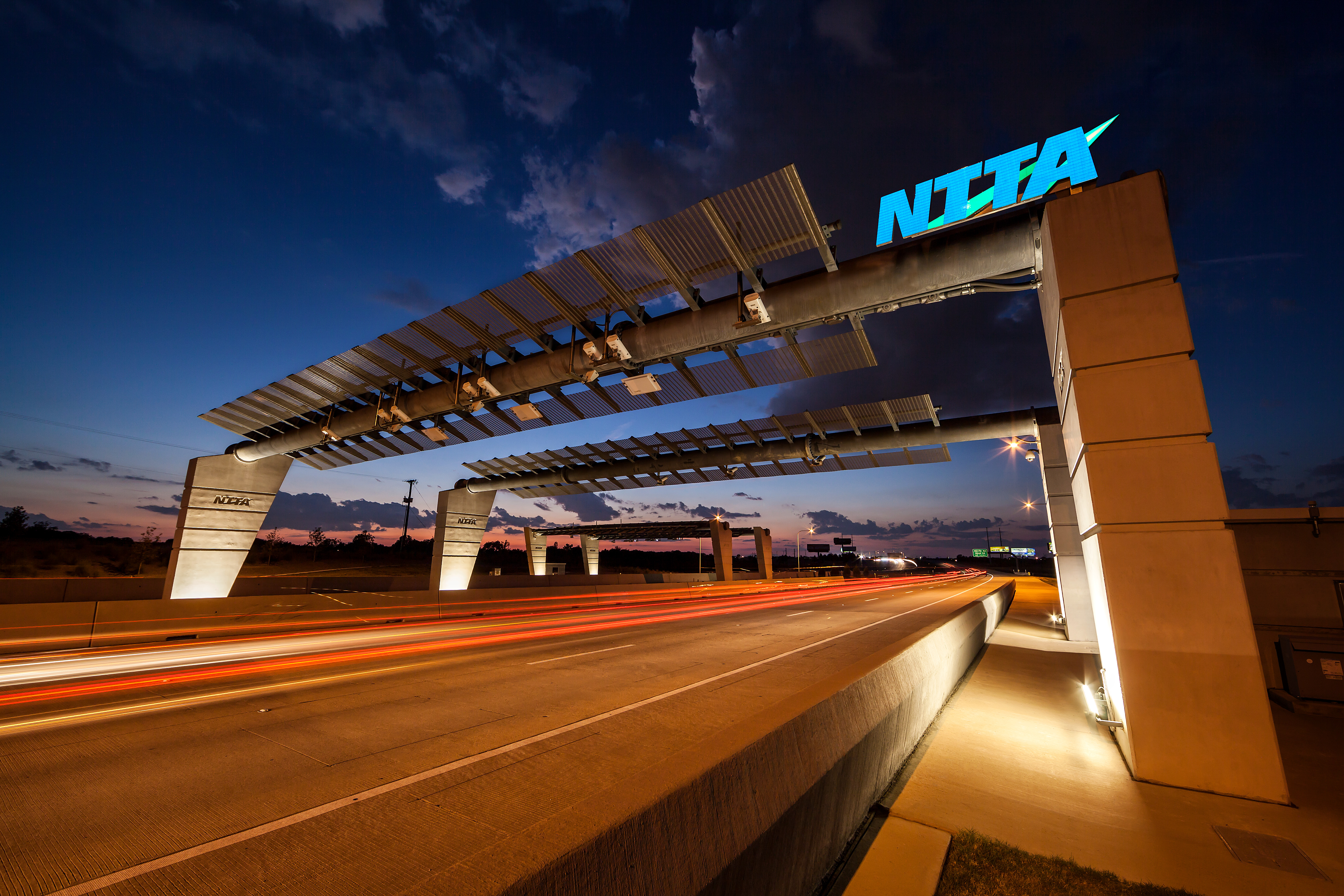
Public Private Partnerships are set to play a big role in transportation funding as Andrew Bardin Williams discovers.
The old joke goes that the road from New York to Chicago is paved with potholes. For decades, drivers from New York and New Jersey traveling across Pennsylvania to visit the Midwest have lambasted the Commonwealth’s roadways for their lack of smooth pavement.
It’s not surprising. Like in many states, Pennsylvania’s roadways and bridges have suffered from underfunding and neglect. According to a 2013 U.S. Public Interest Research Group (PIRG) report, 10% of the state’s roads and 27% of its bridges are structurally deficient, costing each motorist an additional $346 in annual vehicle operating costs. The cost to replace and repair the crumbling infrastructure would be billions, if not tens of billions—an enormous challenge for a state that is trying to reduce spending.
Clearly, something needed to be done. It’s hard to spark a struggling economy with 100-year-old infrastructure, and crumbling roadways and bridges are a public safety hazard.
But where would the money for financing such a large project come from?
The solution came in the form of creative legislating. Pennsylvania Act 88 of 2012 authorised the state to explore the use of Public Private Partnership (P3) financing for public infrastructure projects in the state. Long a reliable financing option in Europe, Canada, Australia and the developing world, P3 infrastructure projects are a contractual agreement between a public and private entity that transfers the responsibility of a roadway’s or a facility’s engineering, construction, operation or maintenance to the private sector for a defined period of time.
According to Bryan Kendro, director of Public Private Partnerships Office within PennDOT, P3s would take huge capital and operating expenditures off Pennsylvania’s books and improve maintenance and services by binding payment from public coffers through strictly-enforced service level agreements. PennDOT would essentially pay private organisations to build, operate and maintain public roadways and spread the costs over 20, 30 or even 50 years.
As the project picks up steam in the Spring, DOTs around the U.S. will be watching the Rapid Bridge Replacement project to see if it provides the solution to the state’s crumbling infrastructure problems. If successful, experts believe that similarly-bundled P3 projects will be implemented — potentially sparking a renaissance of U.S. infrastructure construction not seen since the Interstate highway system was built in the 1950s and 1960s.
Dedicated Offices
Prior to the Rapid Replacement Bridge project, P3s had already been growing in popularity across the U.S. — so much so that many executive branches and legislatures, Pennsylvania included, have created separate state offices to deal exclusively with the infrastructure financing option. These offices have been set up to give government agencies the same financing experience and expertise that exists in the private sector, putting states on the same level as private organisations in negotiations. Virginia has been a pioneer on this front with Texas, California, Pennsylvania and Maryland following suit.
“A number of states are formalising the process of P3 procurement,” said Patrick Sabol, a researcher at the Brookings Institute Metropolitan Policy Program. “Policymakers are understandably attracted to the promise of P3s, but there is uneven financing knowledge between the private sector and government. These offices are being set up to bridge that knowledge gap.”
Other organisations are taking an interstate approach to advocating P3 projects. West Coast Exchange (WCX) was set up in 2013 by the state treasurers of California, Oregon and Washington as well as the Executive Director of Partnerships from British Columbia in Canada.
According to Chris Taylor, the organisation’s executive director, the regional collective is designed to serve as a translation point between the public and private sectors and provide technical assistance regarding the use of P3 financing. The organisation has created a set of best practices for its members, including expertise in multiple industry sectors, a framework for P3 relationships and contract templates.
Many states are following in the footsteps of the UK, Canada and Australia where P3s grew in popularity due to the lack of cheap public debt that exists in the U.S. Inexpensive capital is still largely available in the U.S., but many feel that the scale of the nation’s infrastructure problem is too large to take on exclusively with public money, and the potential to push risk to the private sector and make public infrastructure self-sustaining is something that most politicians are starting to get behind.
According to Sabol, P3s are attractive because they can be more transparent than publically-financed projects. States send out a request for proposals (RFP), receive proposals and often accept the lowest bid. State agencies pay a private company a set fee over a set amount of time, creating a consistent line item that they can plan for in future budgets without the risk of overages.
States can also set labour contracts (requiring the hiring of local contractors), negotiate service fees for the public (lock in toll rates or parking fees) and enforce service level agreements that are tied to payments (ensuring road surfaces adhere to publically-acceptable standards throughout the life of the contract).
P3s can also spark innovation that isn’t always prevalent in the public sector. For example, Kendro from PennDOT said that the Rapid Replacement Bridge project required an epoxy overlay that would have to be reapplied annually. A private contractor looking to make operations more efficient found an epoxy that is applied once and lasts 25 years — saving money while improving construction quality.
A Rough Beginning
P3s haven’t always had a good reputation in the U.S. — mainly due to a disastrous plan by Chicago Mayor Richard M. Daley to privatise the city’s parking meters. Rather than inform citizens throughout the process, the Daley administration simply announced its intention without public input.
Lambasted as a backroom deal, the project hit another misstep when the private vendor immediately raised parking fees. Other terms of the lease angered the public as well, including the city’s obligation to compensate the vendor for no parking events such as parades or construction.
Most egregiously, in the eyes of public advocates, the city spent the $1 billion it received for the deal in the first three years of the 30-year lease, creating potential budget issues in the future while causing a public outcry that the windfall should have gone exclusively to fund public infrastructure projects in the city.
It’s lessons like Chicago that public advocacy groups point to as states continue the march toward additional P3 projects.
Peter Skosey of Metropolitan Planning Council says that while P3s can be part of the solution, states should be wary of treating P3 projects as a magic pill.
Properly vetting those opportunities is key, and only P3 projects that benefit all three constituents — taxpayers, users and private enterprise — should be given the green light.
“If a state has the resources to do the project on its own it should almost always take that route. Otherwise, it’s important to strongly consider the analysis of long-term costs and the impact on public transportation services. Regardless of the final decision, the question should be asked honestly,” Skosey said.
The Metropolitan Planning Council has worked with Illinois to formalise the state’s P3 strategy, helping to draft legislation that was passed in 2011. The bill requires the state to inform the general assembly of any P3 projects in the annual budget, giving legislators time to debate the merits of the financing options. Then, once IDOT sends out an RFP it must immediately call a public meeting to discuss the structure of the deal, and the Illinois Commission on Government Forecasting and Accountability must present its findings on the financial impact to the state. Finally, the P3 project must be approved by the governor.
The Future
The lessons learned from the Chicago debacle and successful P3 implementations since then have given P3 advocates reason for optimism. Sabol from the Brookings Institute predicts that a successful Pennsylvania Rapid Replacement Bridge project will lead to similar bundled proposals in the future. He also thinks that legislation will continue to be passed to set up government offices responsible for vetting P3 projects for states with the public interest in mind. In the same vein, he predicts that service level agreements set up by states and agreed to by private vendors will ensure quality of services throughout the lifetime of the infrastructure, improving the overall quality of the country’s roadways while easing the financial burden on the public.
Everyone agrees that P3 projects have the potential to revolutionise the way public infrastructure is financed in the U.S. and may be a viable, cost-efficient solution to the nation’s crumbling infrastructure issue. According to InfraPPP, nearly 100 P3 projects are underway in 23 states from road construction and road maintenance projects to tolling, light rail, parking meter concession, heavy rail, airport and seaport improvements and public transit. That said, nationally P3 represents less than 10% of infrastructure financing projects nationwide. Many, however, predict that project successes in the near-term will ignite a rapid P3 increase in the decades to come.
For now, all eyes are on Pennsylvania.
- A full list of P3 projects in the U.S. can be %$Linker:
2 External <?xml version="1.0" encoding="utf-16"?><dictionary /> 0 0 0 oLinkExternal viewed here Click here for full list of P3 project in US false http://infrapppworld.com/pipeline-html/projects-in-usa false false %>.










